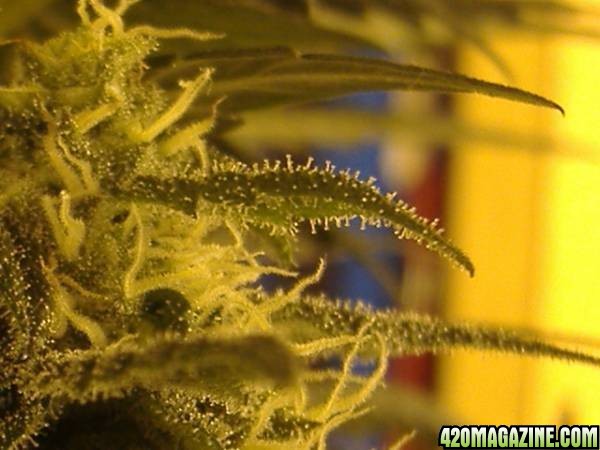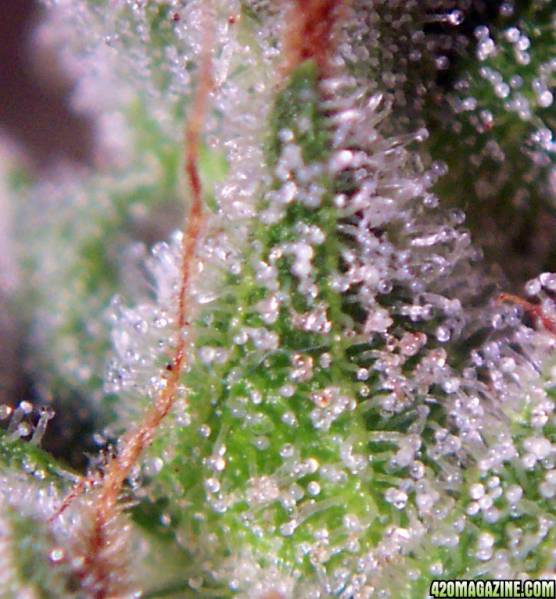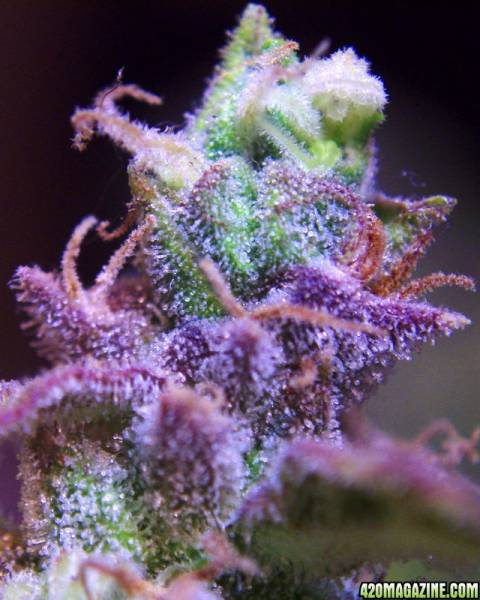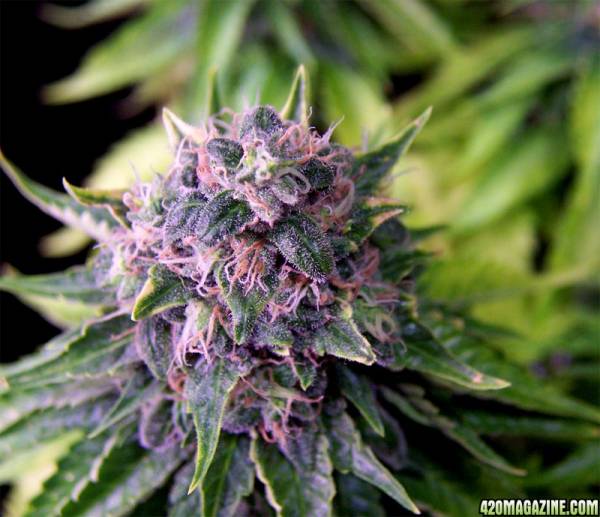$ucce$$
Member
i dont believe its time to harvest yet but does anyone know???
Attachments
-
78.4 KB Views: 422
-
41.4 KB Views: 381
-
80.1 KB Views: 602
-
87.4 KB Views: 316
-
66.2 KB Views: 302














sensitive are weIm still learning here, and it was an estimate. Nothing wrong with that, yes? Obviously the guide is superior to an estimate. Try to be more kind bro.
